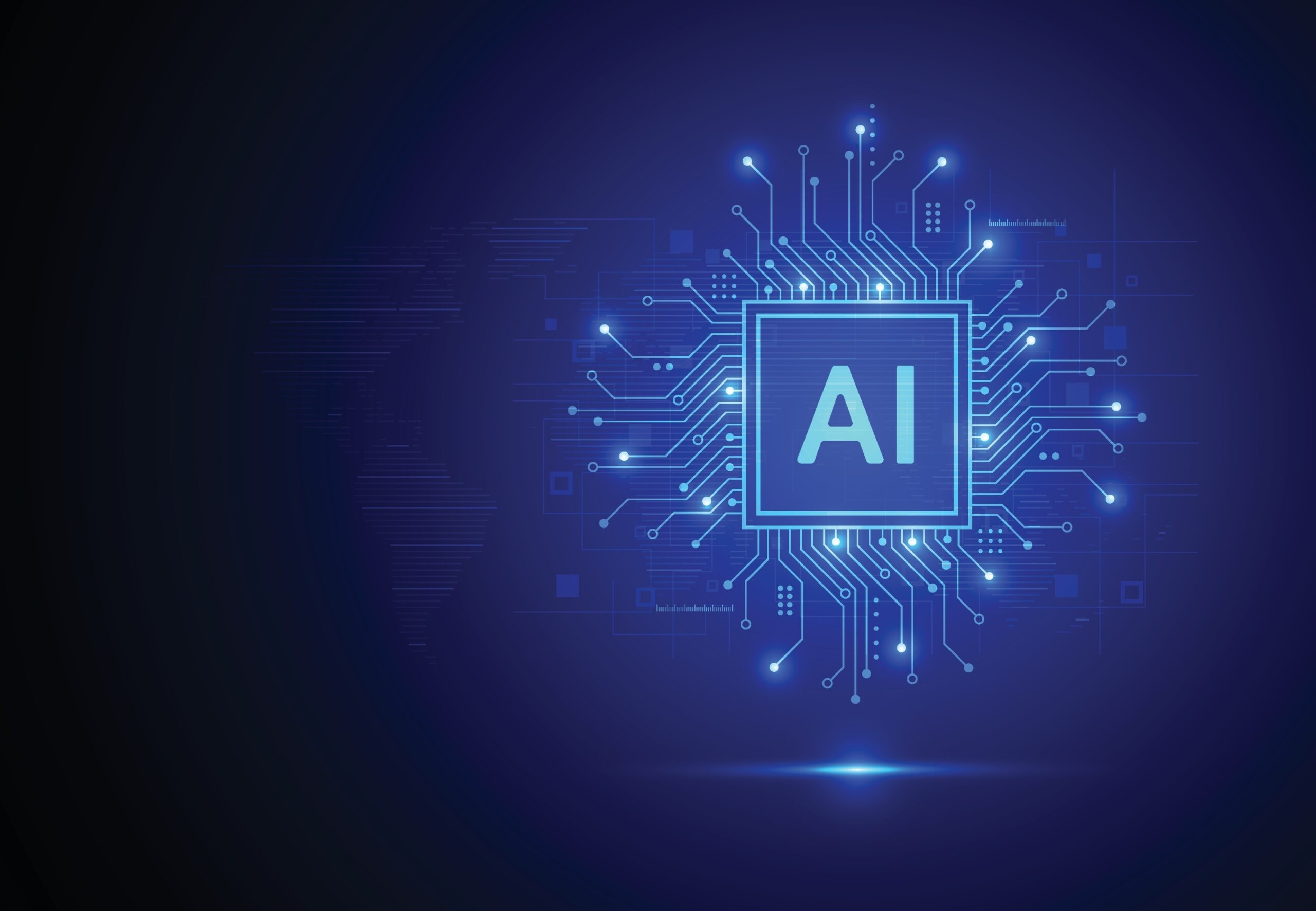What’s New in Nvidia’s 2025 AI Hardware
Nvidia has unveiled its next-generation accelerator families (Nvidia AI Chips 2025) designed to redefine the economics of AI at scale. These chips introduce substantial improvements in memory bandwidth, interconnect speed, and compiler-level optimizations. Together, these advances allow for better utilization of GPUs when working with large context windows—a critical factor for running today’s long-sequence transformers and multimodal agents.
The design integrates innovations in HBM4 memory, cutting-edge NVLink interconnects, and more adaptive CUDA compiler frameworks. This combination ensures that large models like GPT-style systems, video-generation tools, and world-model engines can be trained faster and deployed more efficiently.
Why It Matters: AI’s Compute Bottleneck
One of the most pressing challenges in artificial intelligence is compute. As models grow larger, training costs and inference costs rise exponentially. Nvidia’s 2025 chips directly address this by:
-
Reducing training time through increased throughput.
-
Lowering inference costs per token, making deployments more sustainable.
-
Enabling larger context models, essential for real-time reasoning and long conversations.
This means enterprises and research labs can cut iteration cycles significantly. Faster turnaround in model development directly translates to faster innovation. For example, healthcare systems exploring personalized treatments with agentic AI Agentic AI in Healthcare will benefit from reduced computational costs, allowing more experimentation without prohibitive budgets.
Ecosystem Impact: Beyond the Chips Nvidia AI Chips 2025
The ripple effects of Nvidia’s new hardware extend across the AI ecosystem. Expect updates across:
-
Inference servers like Triton, optimized to run leaner on the new accelerators.
-
Frameworks such as PyTorch and JAX, which will be tuned to exploit higher memory bandwidth.
-
Orchestration layers in cloud environments, enabling easier scaling for large deployments.
This means cheaper tokens, faster AI agents, and more room for experimentation. Research into world models like DeepMind’s Genie 3 Genie 3: DeepMind’s World Model will advance faster as compute efficiency improves.
How Data Centers Will Change
Global data centers are at the heart of the AI revolution. With Nvidia’s new accelerators, hyperscalers and enterprises alike can expect:
-
Lower operating costs – electricity and cooling requirements are optimized.
-
More flexible deployments – allowing scaling across cloud-native orchestration systems.
-
Wider accessibility – smaller labs and startups can experiment at a fraction of previous costs.
For industries like climate research, where AI for extreme weather forecasts AI for Climate requires processing vast datasets, this could be game-changing.
Competitors and the AI Hardware Race
Nvidia is not alone in pushing the hardware frontier. Broadcom, AMD, and Google’s TPU teams are also innovating rapidly. For example, Broadcom’s Jericho4 networking chips Broadcom Jericho4 and the AI Networking Surge are laying the groundwork for faster interconnects, complementing Nvidia’s GPU advances.
Meanwhile, regulatory frameworks such as China’s AI governance strategy China’s 2025 AI Regulation highlight how hardware innovations are also shaped by geopolitics.
Risks and Responsible Use
With cheaper and faster compute, there’s also a risk: accelerated development of AI systems without adequate safeguards. Policymakers are already struggling to regulate AI. Initiatives like the EU AI Act EU AI Act August 2025 aim to ensure responsible deployment, but progress in hardware often outpaces regulation.
For developers and businesses, it is essential to balance technical capability with ethical responsibility. Reports from institutions like the AI Safety Institute (UK) stress the importance of aligning hardware advances with safety protocols.
External Insights and Expert Opinions
Experts across academia and industry emphasize that the future of AI will be dictated as much by hardware availabilityas by software breakthroughs. In a recent analysis by Stanford HAI, researchers argued that compute access is now a fundamental enabler of scientific progress. Nvidia’s move aligns with this trajectory, lowering the barrier to cutting-edge research.
Similarly, MIT Technology Review highlights that as AI models expand to trillions of parameters, chips with higher throughput will determine whether AI remains an elite pursuit or becomes a widely accessible tool.
Bottom Line: Hardware Progress Sets the Pace Nvidia AI Chips 2025
The 2025 generation of Nvidia chips pushes boundaries in both performance and cost. By reducing training times, cutting inference costs, and unlocking larger context handling, Nvidia has once again set the standard for frontier AI.
From multimodal agents to personalized healthcare, and from climate modeling to world models, the impact will be felt across industries. As AI continues to scale, hardware innovation remains the foundation on which future progress is built.



